
Samaipaticereus is a monotypic genus of cactus containing the sole species Samaipaticereus corroanus. It is known only from East Andean Bolivia and Peru.
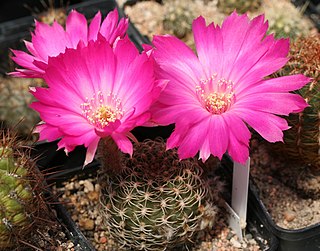
Lobivia backebergii is a species of flowering plant in the cactus family Cactaceae, native to eastern Bolivia and southern Peru.

Cleistocactus tominensis is a species of columnar cactus in the genus Cleistocactus, endemic to Bolivia, where it is found in forests, on cliffs, and in inter-Andean valleys at altitudes of 900 to 2,200 meters.

Stenocereus stellatus is a flowering plant in the family Cactaceae that is found in Oaxaca, Mexico
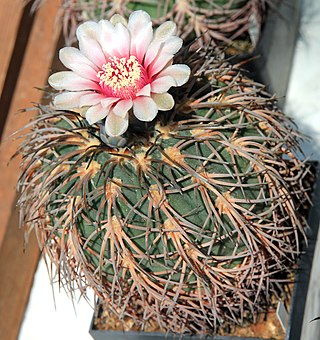
Gymnocalycium spegazzinii is a species of Gymnocalycium from Argentina and Bolivia named after the botanist C. L. Spegazzini.

Lobivia ancistrophora is a species of cactus. It has a globular shape, few spines, with large, white flowers attached to long, green tubes. It occurs in Bolivia, at altitudes of 600–1800 metres. Under its synonym Echinopsis ancistrophora it has gained the Royal Horticultural Society's Award of Garden Merit.

Lobivia bridgesii, is a species of Lobivia found in Bolivia.

Lobivia ferox, is a species of Lobivia found in Bolivia and Argentina.

Lobivia obrepanda, is a species of Lobivia found in Bolivia.

Lobivia pentlandii, is a species of Lobivia found in Bolivia and Peru.
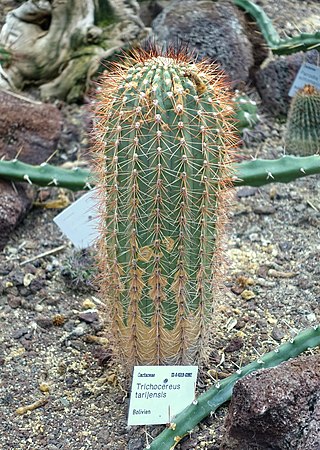
Soehrensia tarijensis, is a species of Soehrensia, in the cactus family. It is native to Bolivia and northwestern Argentina.

Lobivia pampana is a species of Lobivia found in Peru.

Lobivia tiegeliana, is a species of Lobivia found in Argentina and Bolivia.
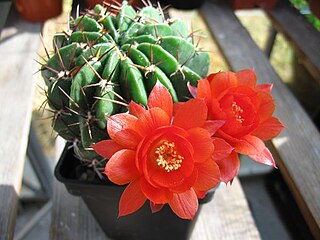
Lobivia maximiliana, is a species of Lobivia found in Bolivia and Peru.

Cleistocactus candelilla is a species of Cleistocactus found in Bolivia.
Echinopsis marsoneri is a species of cactus from Argentina and Bolivia.
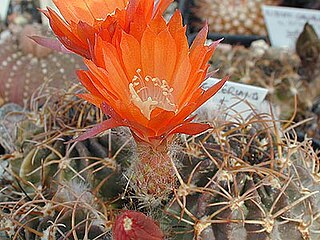
Lobivia tegeleriana is a species of Lobivia found in Peru.
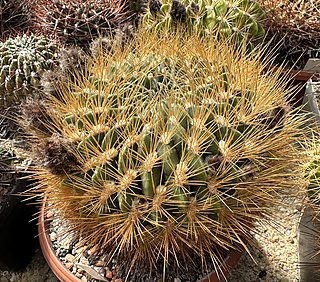
Lobivia chrysochete is a species of Lobivia found in Bolivia and Argentina.
Leucostele tunariensis is a species of columnar cactus native to South America.
Lobivia pugionacantha, is a species of Lobivia found in Argentina and Bolivia. Lobivia is a genus of cacti.


















